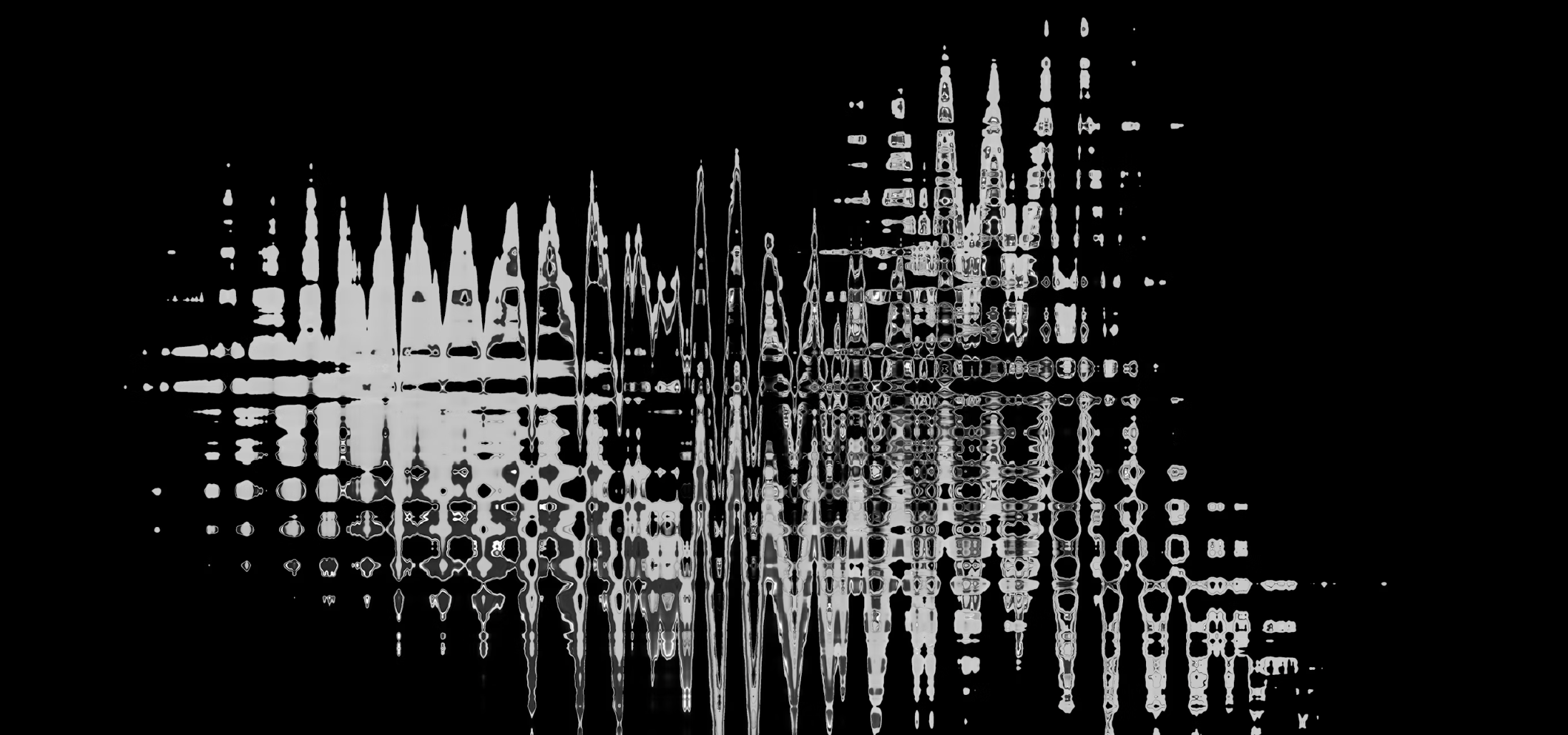The Communication Complexity: Beyond Words Lies a Universe of Meaning

When we think about communication, we often focus on the words themselves—the vocabulary, grammar, and literal content of what's being said. But human communication is far more sophisticated than a simple exchange of verbal information. It's a rich, multilayered symphony of signals that conveys meaning through multiple channels simultaneously.

The Hidden Orchestra of Human Expression
Every conversation you have is actually several conversations happening at once. While your words carry the explicit message, your tone of voice adds emotional coloring that can completely transform meaning. The phrase "That's great" can express genuine enthusiasm, biting sarcasm, or resigned acceptance—all determined by vocal inflection.
Facial expressions operate as another crucial communication channel. A raised eyebrow can signal skepticism, a slight smile can soften criticism, and the micro-expressions that flash across our faces in milliseconds often reveal our true feelings before we've consciously decided what to say. Research suggests that facial expressions can communicate up to 55% of our intended meaning in face-to-face interactions.
Body language adds yet another dimension. The way we position ourselves, our gestures, whether we lean in or pull back—all of these physical cues send powerful messages about our interest, confidence, and emotional state. Crossed arms might signal defensiveness, while open palms can indicate honesty and receptiveness.
Context: The Invisible Framework
Perhaps most complex of all is context—the invisible framework that gives all other communication elements their meaning. The same gesture that's friendly in one culture might be offensive in another. A joke that lands perfectly among close friends could be completely inappropriate in a professional setting. Context includes cultural background, relationship dynamics, shared history, current circumstances, and countless other factors that influence how messages are interpreted.
This contextual complexity explains why misunderstandings are so common in digital communication. When we strip away tone, facial expressions, and body language—leaving only text—we remove crucial layers of meaning. How many times have you had to add "just kidding!" to a message to prevent misinterpretation?
The Digital Communication Gap
The rise of digital communication has created new challenges and opportunities. While we've gained speed and global reach, we've lost much of the nuanced signaling that makes face-to-face communication so rich. Emojis, punctuation choices, and response timing have emerged as new forms of digital body language, but they're still crude approximations of the sophisticated signaling systems we use in person.
Video calls attempt to bridge this gap by restoring visual cues, but they introduce their own complications—screen fatigue, technical delays, and the unnatural feeling of maintaining eye contact through a camera rather than directly with another person.
The Challenge for Technology
This communication complexity presents fascinating challenges and opportunities for technology. As artificial intelligence becomes more sophisticated, understanding and replicating these nuanced layers of human communication becomes increasingly important for creating more natural, effective human-AI interactions.
The future of communication technology isn't just about processing words more accurately—it's about understanding the full spectrum of human expression and responding appropriately to the complete message being conveyed. This includes recognizing emotional subtext, cultural context, and the unspoken assumptions that humans naturally navigate in conversation.
Looking Ahead
Modern AI systems are beginning to tackle these challenges, working to create platforms that can better interpret and respond to the full range of human communication signals—not just the words, but the meaning behind them. Companies like Nayak.ai represent this new generation of communication technology, developing systems that aim to understand context, emotional subtext, and the nuanced layers of human expression we've discussed.
These developments are becoming increasingly important as we rely more heavily on technology to facilitate human interactions, whether in customer service, education, healthcare, or other domains where nuanced understanding matters.
The challenge for any AI communication system is capturing even a fraction of the sophisticated, multilayered nature of human expression while still providing practical, useful applications. It's a complex problem that sits at the intersection of linguistics, psychology, cultural studies, and computer science—truly one of the more fascinating frontiers in our ongoing relationship with technology.
As we continue to develop these systems, we're not just building better tools; we're gaining deeper insights into the remarkable complexity of human communication itself. Every breakthrough in AI's understanding of context, emotion, and nuance reflects back our own sophisticated abilities as communicators—abilities we often take for granted until we try to teach them to machines.





